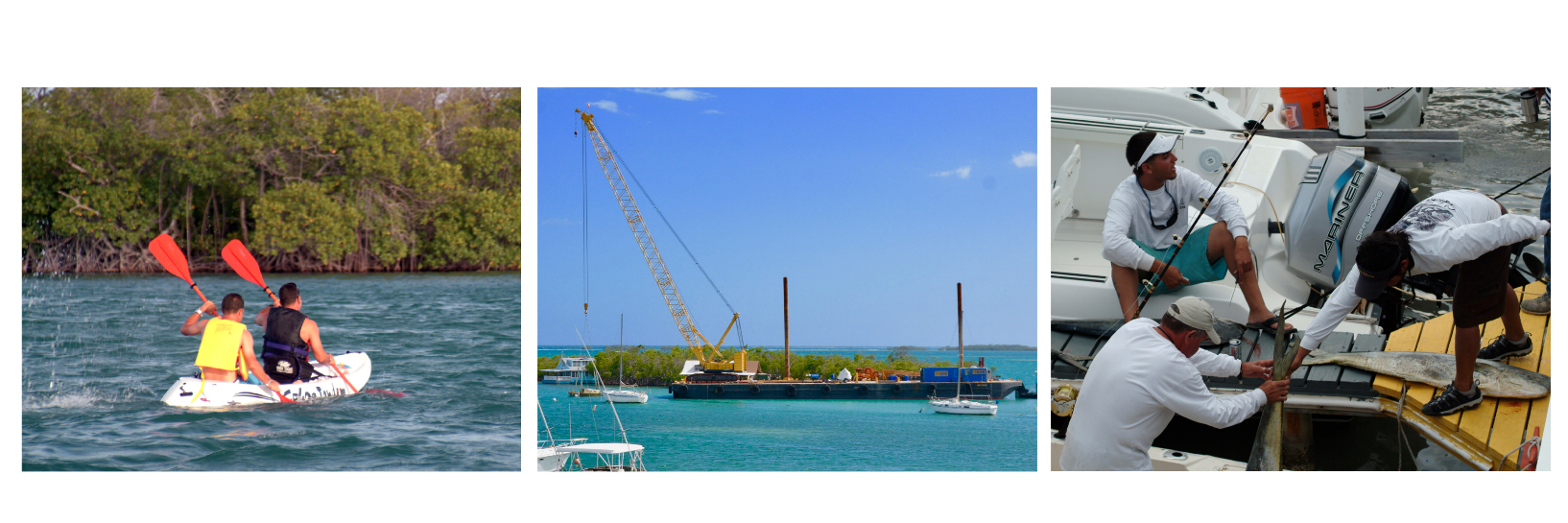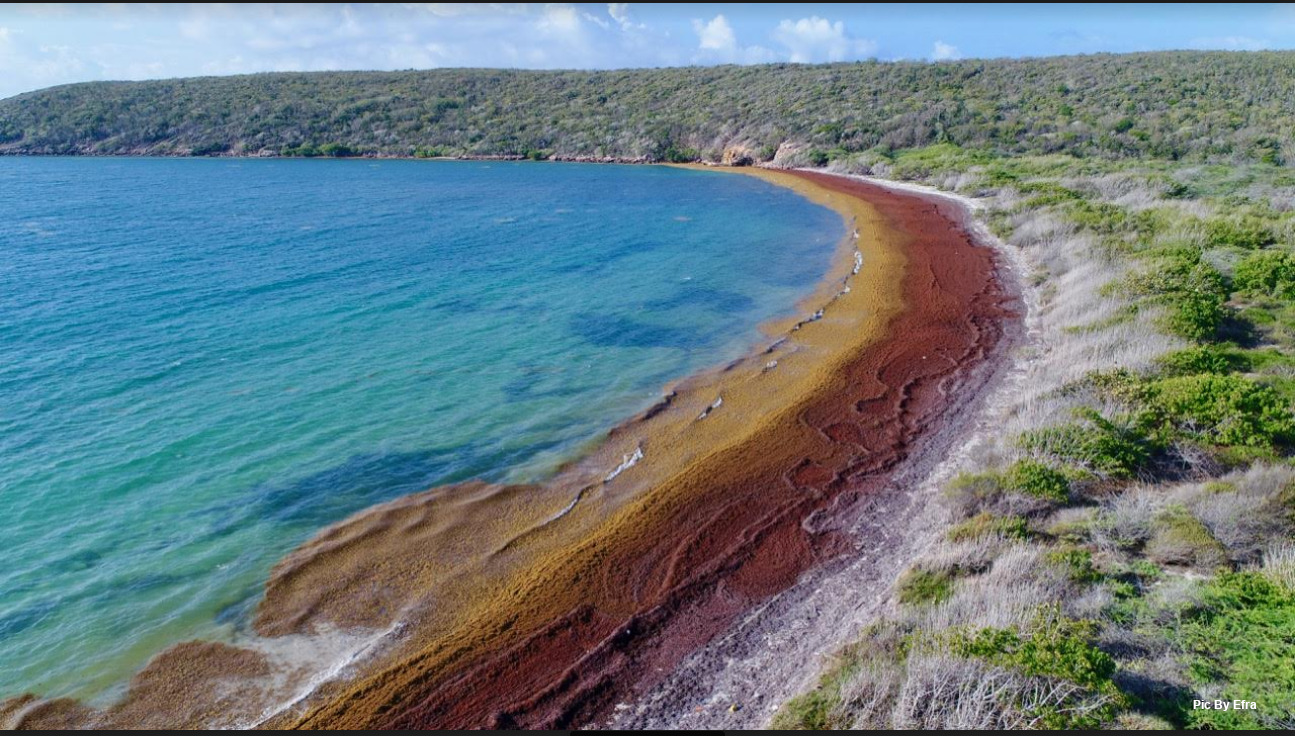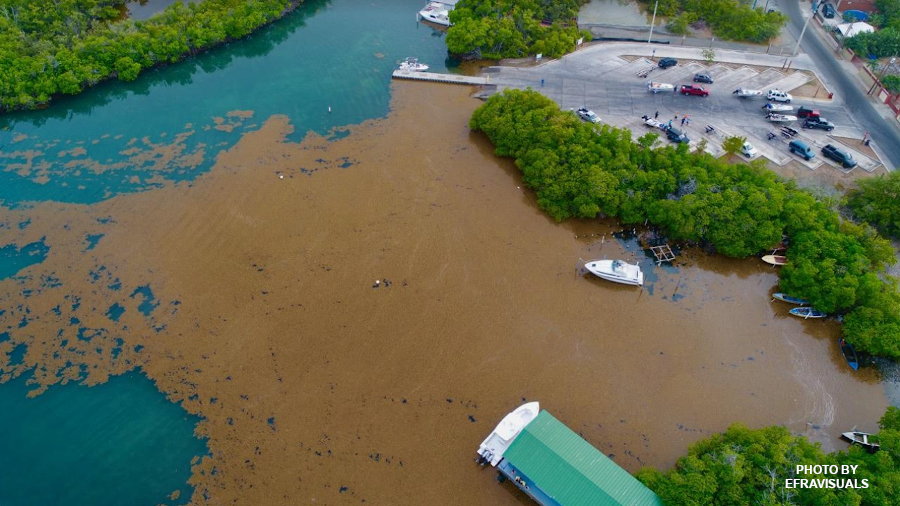CARICOOS celebrates Dr. “Ru” Morrison’s legacy and wishes him a happy retirement.
Experimental Weekly Sargassum Inundantion Report by NOAA and University of South Florida- Status August 4-10, 2020
Experimental Weekly Sargassum Report By the NOAA and USF- Status Jul 28-Aug 3, 2020
Outlook of 2020 Sargassum blooms in the Caribbean Sea* July 31st, 2020, by University of South Florida Optical Oceanography Lab (huc@usf.edu)
CARICOOS needs assessment: an opportunity to expand ocean-based observations, forecasts and services in the US Caribbean region.

SARGASSUM SUB-REGIONAL OUTLOOK BULLETIN – July 2020 Vol 1- Issue 5
Experimental Weekly Sargassum Inundation Report (SIR v1.2) By the National Oceanic and Atmospheric Administration (NOAA), and the University of South Florida (USF) Status: Jul 7-13, 2020
Sargassum has arrived!





